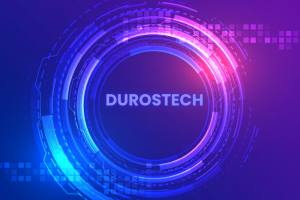Medical equipment plays a crucial role in modern healthcare. Medical equipment designers and manufacturers are constantly pushing the boundaries of engineering and technology to improve medical equipment design and functionality. One of the most innovative technologies used in the production of medical equipment is medical injection molding.
High Precision
Medical injection molding allows for the creation of highly precise and intricate parts and devices for medical equipment. With deterministic engineering and fully-automated machinery, the parts produced using medical molding exhibit a level of accuracy unmatched by traditional manufacturing methods.
Precision in medical equipment design is critical in ensuring reliable and accurate diagnoses and treatments, leading to better patient outcomes.
Flexibility in Design
Flexibility in design is a crucial aspect of medical equipment design. Every patient has unique needs and treatment requirements, and medical equipment designers need to be able to create parts that meet each patient’s specific requirements.
Medical injection molding allows for the creation of molds with great flexibility in terms of design and complexity. Medical equipment designers and manufacturers can use this to create customized parts that meet the specific needs of individual patients.
Lightweight and Durable Equipment
Medical equipment needs to be lightweight and durable to provide comfortable and reliable care for patients. Medical injection molding can produce lightweight parts without sacrificing strength or durability.
Parts produced using medical molding are also known to have excellent resistance to chemicals and abrasion, making them ideal for use in medical equipment that is exposed to harsh conditions or frequent use.
Cost-effectiveness
Cost-effectiveness is a critical consideration in any medical equipment design. Medical injection molding is the most cost-effective method of manufacturing medical equipment parts in large quantities. This process can produce intricate and complex components with little to no secondary operations involved, resulting in a faster production cycle and higher productivity while reducing overhead and material waste.
High-quality parts produced cost-effectively reduce the overall cost of care and enable healthcare providers to offer affordable care without compromising on quality.
Environmental Sustainability
Environmental sustainability is an emerging trend in medical equipment design. The healthcare industry is taking a more proactive approach to environmental sustainability to reduce its carbon footprint and promote eco-friendly practices.
Medical injection molding is a process known for its minimal waste and energy efficiency. As a result, it has gained traction in the medical device industry as it offers a more sustainable approach to manufacturing.
Conclusion
As advancements in medical equipment design and functionality continue to evolve, medical injection molding remains a key technology in the production of medical equipment. This process allows for high-precision, flexibility in design, lightweight and durable parts, cost-effectiveness, and environmental sustainability, making it an ideal choice for modern medical equipment design.
Healthcare providers and medical equipment manufacturers must continue to embrace emerging trends and technologies to improve patient outcomes and the overall quality of healthcare provision. With continued innovations in medical molding and other manufacturing technologies, the future of medical equipment design and functionality looks bright, with continued improvements in patient care and outcomes.


